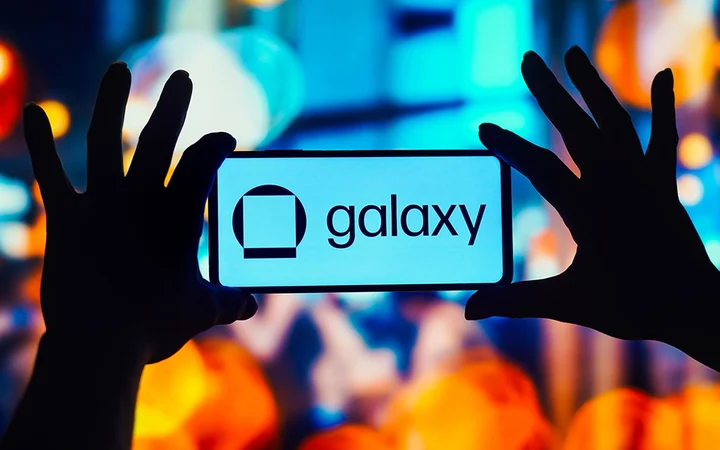Lattice Blockchain is the computer hardware itself.
Lattice Blockchain is the underlying computer hardware system.Source: MetaCat
For reasons that you will soon understand, at Lattice, we have been discussing the famous quote by Alan Kay: “Real software people should make their own hardware“.
This statement is well-known in our post-iOS/Tesla/Bitcoin ASIC/NVIDIA AI GPU era, but its origin is actually difficult to trace. After some searching, I discovered this article by early Apple employee Andy Hertzfeld (https://www.folklore.org/StoryView.py?project=Macintosh&story=Creative_Think.txt), which contains notes from Alan Kay’s speech at the 1982 Creative Think conference. As far as I know, there is no complete record of the speech, but Hertzfeld’s notes quote this statement, as well as other famous quotes by Alan Kay, such as “The best way to predict the future is to invent it” and lesser-known ones like “The whole concept of ‘programming languages’ is wrong“.
Returning to the original quote: “Real software people should make their own hardware”. In 1982, two years before the release of MacOS and decades before companies like Tesla and NVIDIA were founded, would Kay make such a assertion? At that time, there were no clear winners in the software or hardware field: personal computing was still a dream achievable only by the most enthusiastic tech experts, and computing itself was largely relegated to mainframes. It is worth noting what Kay was building while making this observation, and what might have led to this now-famous claim.
- How to do well in legal compliance when starting a blockchain information media business?
- XRP Price Jumps on Fake BlackRock XRP Trust Saga: A Ripple of Confusion
- CELESTIA Airdrop How to Qualify for the Second Season?
In the years before and after his Creative Think speech, Kay was dedicated to the “Dynabook,” a never fully realized prototype of a laptop computer. The Dynabook aimed to be a “personal computer for children of all ages”: a tool that anyone could use for PC functions. It was the first hardware to run Smalltalk, which is a programming language and IDE that broke away from the more popular imperative style. As Kay puts it, “Smalltalk is a more powerful, easier-to-use version of the more literal-minded ‘noun/verb structure/function’ primitive idea behind most current programming systems.”
These were not empty words. In the 1970s, Kay and other researchers at Xerox LianGuaiRC Lab developed a “temporary Dynabook”: a version larger and less portable than the original design. They let children use the computers and found that, in a short amount of time, even 5-year-olds were able to create painting games, flight simulators, and space warfare games. The IDE provided by Smalltalk had a native GUI for rendering simulations, and the Dynabook hardware itself had user-friendly features like a mouse (at the time, mice were not popular on hardware and interaction was mainly done through the command line). This combination of hardware (Interim Dynabook) and software (Smalltalk) formed new applications that would not have been feasible in a more challenging programming environment.
 Temporary Dynabook
Temporary Dynabook
Anyone interacting with the Temporary Dynabook temporarily lives in the future: the user-centric combination of hardware and software embodied by the Dynabook continues to influence laptops, iPhones, iLianGuaid, and other modern technologies. The important insight from the Dynabook is: when you combine hardware and software specifically tailored for each other, you can achieve breakthroughs decades ahead of your time.
But how does this apply to the EVM, on-chain applications, or anything we do at Lattice?
Some may think of blockchain “hardware” as the physical nodes that run consensus or execute clients, or even the hardware that accelerates advanced cryptography in zero-knowledge proofs. Our perspective is slightly different: the blockchain itself is the hardware.
Over the past two years, Lattice has been building MUD, an engine that makes it easier and more intuitive to develop complex applications (or “software”) on the EVM. Like those lucky enough to use the Interim Dynabook in the 1970s, we have been searching for a future way of life: a time when on-chain applications are not limited by the hardware they run on.
While it took decades for the Dynabook prototype to evolve into technologies like the iPhone, the feedback loop between design, iteration, user testing, and implementation is much shorter today. In less than two years, MUD has evolved from an internal engine we built for on-chain games to an open-source software supporting games like Sky Strife, OPCraft, Words3, Primodium, draw.tech, Gaul, THIS CURSED MACHINE, and more applications. Along the way, we have used hardware to run some of these applications: we deployed local nodes with gas limits of up to 1 billion, launched OP Craft on one of the first Optimism Bedrock testnets last year, and ran custom testnets used by Sky Strife, Primodium, Small Brain Games, and other MUD builders.
In the second season of “The New World,” we will explore “hardware.” Over the past two years, we have progressed from tinkering with hardware to forming distinct insights through careful experimentation, examining what the ideal hardware for an autonomous world could be. Now it’s time to share our discoveries and hear yours, so let’s all live in the future!
We will continue to update Blocking; if you have any questions or suggestions, please contact us!
Was this article helpful?
93 out of 132 found this helpful
Related articles
- Say Goodbye to Traditional Finance: Fnality Raises $95 Million in Series B Funding
- Lloyds Bank Exposes UK Gets Swept Off Its Feet with a Whopping 23% Surge in Cryptocurrency Scam Reports!
- Blackrock Denies XRP ETF Plans: Just Another Day in the Wild West of Crypto
- SlowMist Strikes Again Chinese Hackers Exploit Skype Video App in Ingenious Crypto Scam!
- Gone in 60 Seconds Hackers Swipe $60 Million from Ethereum Wallets Using Create2 Code
- Spanish Regulators Get Tough on Crypto Ad Violations, All Eyes on X
- Crypto Hackers Pulling Off the Great Heist




